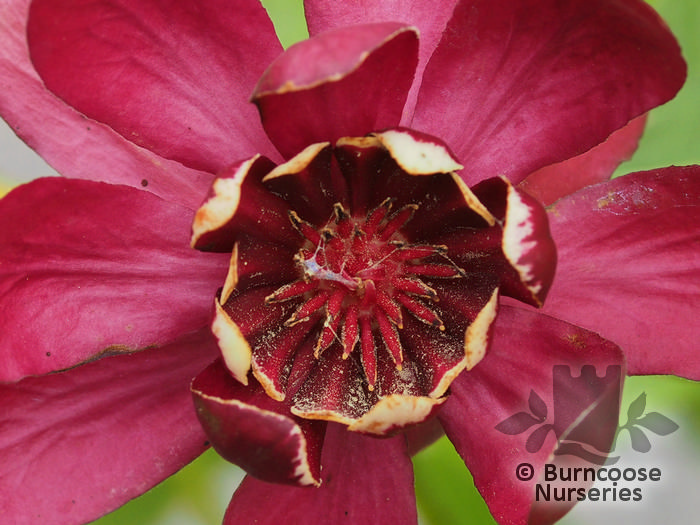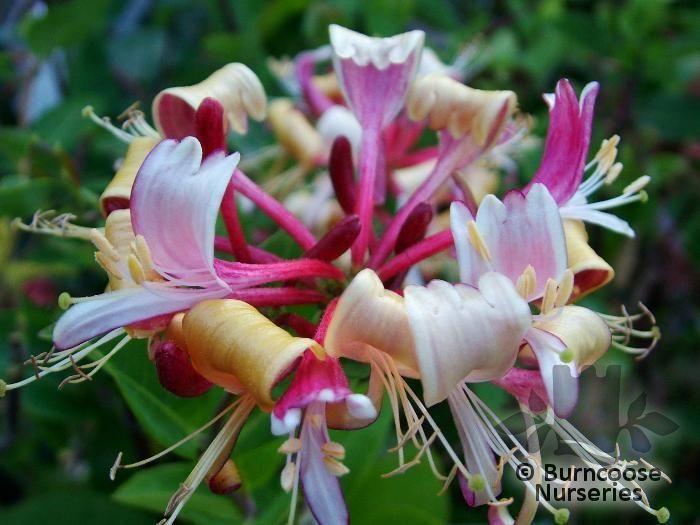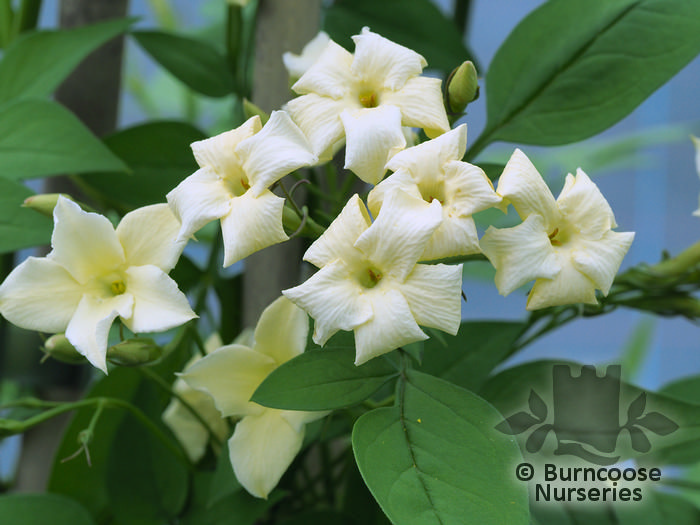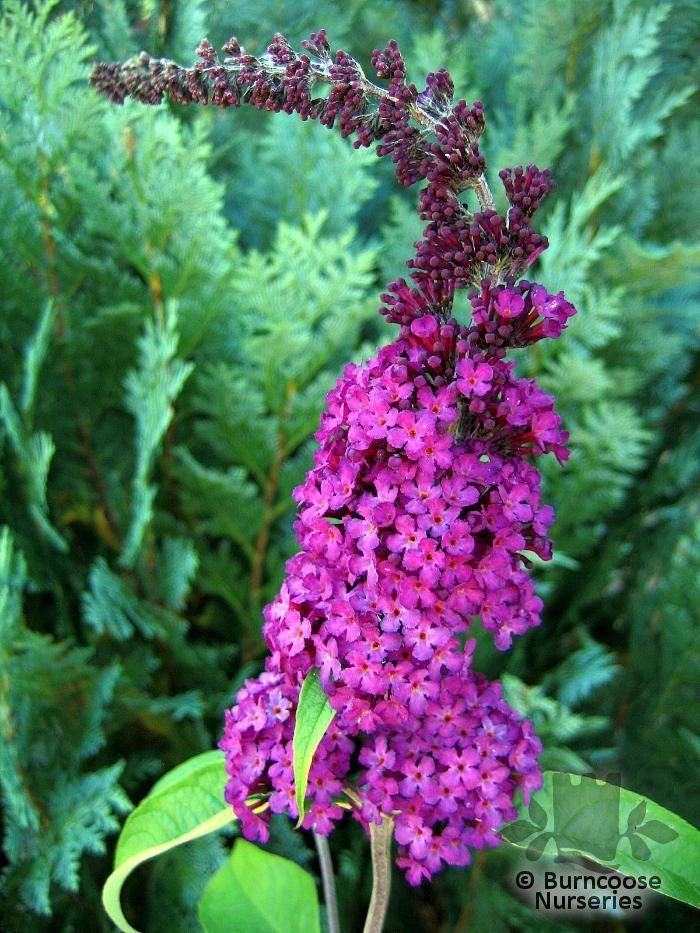By far the most important pollinator is the bee, however, what many people may not fully appreciate is the range of work carried out by other pollinators. Flies, for example, are second in importance to bees as pollinators.
With this in mind, we plan to include a range of plant pollinator relationships from the mundane (and sometimes over-looked ) to the more unusual and exotic!
Everything from moths to midges; beetles to bats; and not forgetting humans!
BEETLES: Many present day beetle pollination associations like that of magnolias have evolutionary origins. The MAGNOLIA - a primitive angiosperm - evolved before winged insects. (scents associated with beetle pollination are often spicy - CRAB APPLE, sweet - CHIMONANTHUS, or fermented - CALYCANTHUS)
BATS: Along with moths, form the night shift. Over 300 fruit trees worldwide rely on bat pollination. EG. BANANAS, GUAVAS - and popular architectural plants such as AGAVES. (flowers tend to be nocturnal, large in size, pale or white in colour and v. fragrant - but with a fermenting or fruit-like odour)
MOTHS: Mainly active at night but some are active by day, such as Hummingbird Hawkmoths. At night plants with pale or white flowers heavily scented and with copious amounts of nectar attract these pollinators. (flowers open or strongly scented late afternoon or at night - such as LONICERA, JASMINUM, BUDDLEJA, LILAC, PHLOX, LIATRIS SPICATA. There are also specific symbiotic plant moth relationships where both are completely dependent on each other such as YUCCA)
FLIES: One good example of fly pollination is that of Theobrama cacao - Chocolate! It is a good example of how human intervention - the creation of plantations where the plant is no longer in it's natural habit - have created pollination problems. The small low hanging flowers depend on pollination by midges found in their original habitat of humid shady rainforest. In a commercial plantation the flower/midge cycle is out of sync. Attempts are now being made to establish small plantations on the very edges of the natural rainforest. (Flies head for plants with a strong and ususally less than pleasant odour such as TRILLIUM ERECTUM)
HUMAN: Following the catastrophic collapse of their entire wild bee population, farmers in Maoxian region in Sichuan province have been forced to pollinate their apple crops by hand. There is a 5 day window so thousands of people take part.
BEES: Back to Bees! Bees are the most important pollination partners. Because they collect pollen and nectar to supply the next generation, they have an intense and constant foraging behaviour which helps to maintain the vigour of the crop. Bees, unlike wasps, have a coat of pollen-collecting hairs and the ability to warm themselves up which means they can be active over a long period of time.













